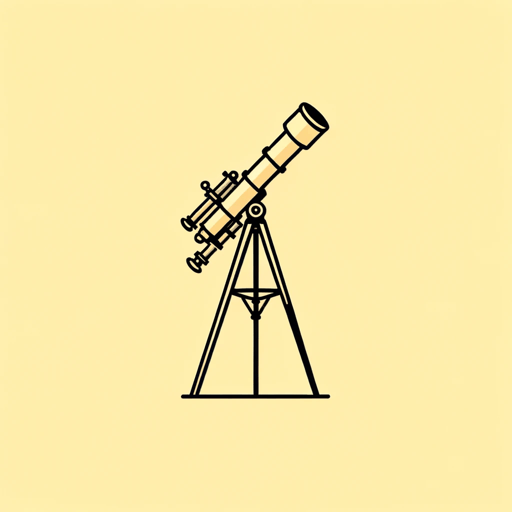54 pages • 1 hour read
Carl SaganThe Demon-Haunted World: Science as a Candle in the Dark
Nonfiction | Book | Adult | Published in 1996A modern alternative to SparkNotes and CliffsNotes, SuperSummary offers high-quality Study Guides with detailed chapter summaries and analysis of major themes, characters, and more.
Chapters 3-5Chapter Summaries & Analyses
Chapter 3 Summary
Each discipline of science has its corresponding pseudoscience; as an astrophysicist specializing in astronomy, Sagan chooses to focus on alien abduction and Martian "ruins" for his skeptical analysis. These two topics, which Sagan dedicates the next two chapters to exploring, “share the possibility that human perceptual and cognitive imperfections play a role in deceiving us” (43); the initial foundation of Sagan’s wider argument against uncritical thinking.
The belief that a giant stone face on Mars is the work of a vanished Martian civilization harkens back to the initial observations of Mars in 1877, when astronomers purportedly discovered evidence of canals on the planet that were evidence of a past civilization on Mars. In reality, these canals do not exist. They are thought to have been a “perceptual delusion” (49) by early observers, as later spacecraft missions have been unable to find any evidence of them. Still, the cultural damage was already done, as fantastic stories of failed Martian societies became widely disseminated in public discourse.
In 1976, when the Viking satellite sent back photos of Mars, several observers discovered what appeared to be a monumental face staring upwards. NASA quickly performed high-resolution digital enhancements of the images, and deemed the "face" to be nothing more than a geological formation whose cast shadows resembled a human face.
Related Titles
By Carl Sagan
Featured Collections
Appearance Versus Reality
View Collection
Education
View Collection
Middle Grade Nonfiction
View Collection
Nation & Nationalism
View Collection
Religion & Spirituality
View Collection
Science & Nature
View Collection
Trust & Doubt
View Collection
Truth & Lies
View Collection
YA Nonfiction
View Collection



